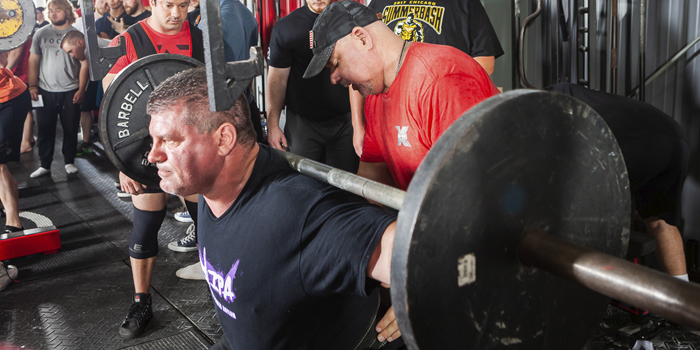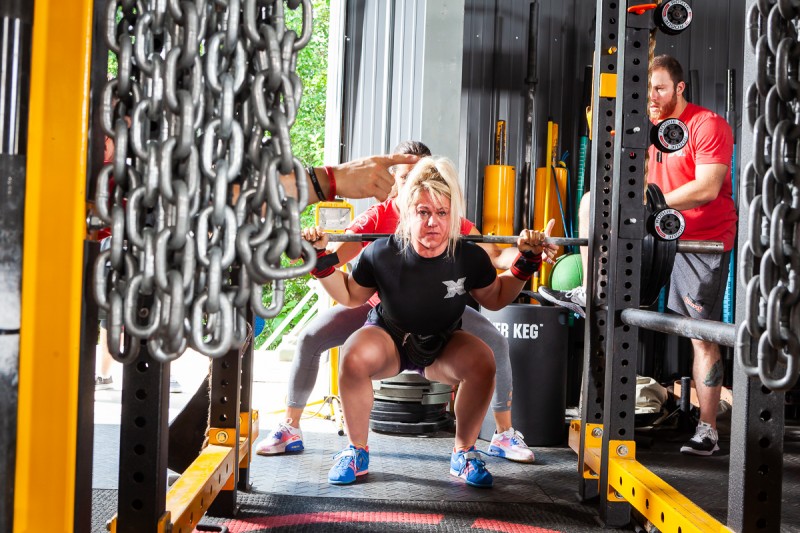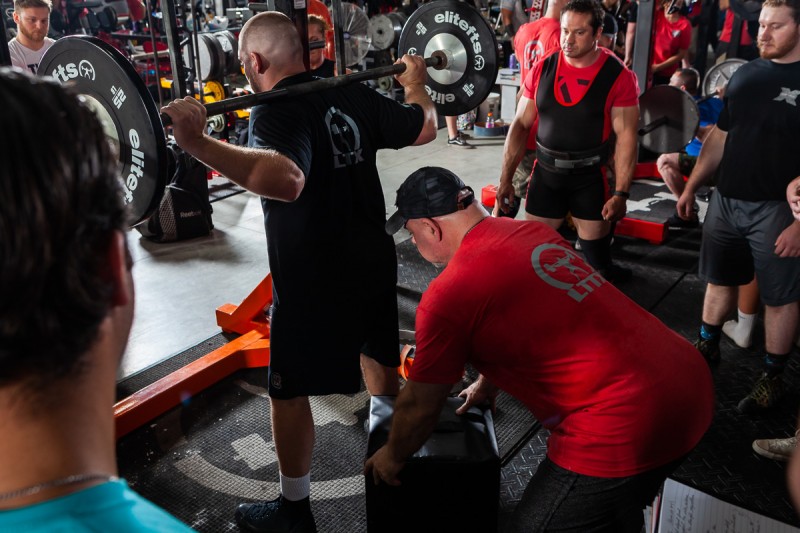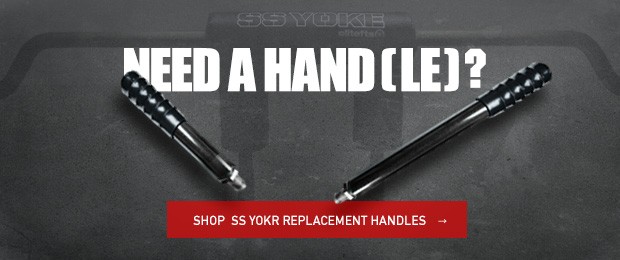
“There are more ways than one to skin a cat” is an old (and delicately morbid) way to say that there are different paths to the same outcome. This is certainly true with strength training programs, and especially so when it comes to training frequency.
As with many things, some successful lifters use all ends of the spectrum when it comes to training (and specifically training movement) frequency. There are successful lifters who squat every day, and there are successful lifters who squat once per week (or even less if using a micro-cycle longer than seven days). Also, with most things, the key is to look at what works for a majority of people over time. What an outlier does can be attractive (especially if that outlier happens to be one of your favorite lifters), but it’s also important to contrast the context of that lifter’s situation against your own.
From what I’ve seen, most lifters benefit from performing some form of squat twice per week. The key is finding a way to program that second squat that builds your strengths and addresses your weaknesses while still working within your ability to recover.
For myself and the lifters with whom I work, typically, the primary squat day will consist of a competition-style squat (or close variation), trained in a moderate to near-max percentage range depending on where they are in a training cycle (and their goals/needs).
For the secondary day, I am usually looking for something that allows us to:
- Increase the total weekly squat volume without burning the lifter out.
- Build power and speed.
- Train physical and mental weaknesses.
- Train the muscles that support the competition squat (or whatever type of strength their goals revolve around).

To accomplish the above, I like to set up movements in three- to four-week waves that focus on one or more of these variables. In any program, no matter what their goals or situations are, finding exercise with a good “bang for your buck” is always important. I’m constantly looking for ways to incorporate movements that provide the greatest training stimulus with the least amount of wear and tear and minimal risk for burnout.
In terms of setting up the waves, I prefer to keep it simple and start week one with leaving a lot in the tank and then progress to the last week, which features a slightly higher intensity (if you were using a 1-10 RPE scale, probably a six on the first week, eight on the last week). RPE is nice when you’re using movements that the lifter isn’t used to doing or doesn’t have an accurate max for. It also accounts for fluctuations in recovery as the lifter progresses through an increased training volume by adding the second squat day. If the second squat movement more closely resembles the competition lift or something the lifter has an accurate max for, percentages can be waved similarly, starting in the 55-65% range and ending closer to 75-85%. I always recommend using a training max to base these off of.
For the movements themselves, plenty of options exist that will depend on the lifter, but I think three, in particular, provide a lot of that “bang for your buck” you want:
Pause Squats
It's no secret that pause squats can provide a lot of benefits no matter what type of lifter you are. They allow you to build strength in the bottom of the squat, which is typically the weakest part of the movement for a lifter. They also provide technical practice in staying tight while holding the bar over your center of gravity. Try holding a five-second pause squat without staying tight or keeping your weight balanced, and you'll see what I mean.
Along with physical strength, pause squats allow you to become mentally comfortable in a physically uncomfortable position. As more time passes, I see how many mental limitations are what hold many lifters back.
Specifically for the purposes of adding a second squat movement, I also like pause squats because they allow you to "get more out of less." Although putting more weight on the bar is what we all want to do, finding movements that allow you to become stronger with less weight on the bar can provide increased strength with decreased risk for injury and burnout.

Box Squats
Box Squats allow you to pause and further break up the concentric and eccentric portions of the squat while removing some of the isometric aspect of the pause squat. Breaking these parts of the squat up allows you to build explosiveness that will help you to break through sticking points in your competition squat (if the box squat is performed correctly). Depending on the height of the box, these squats can also help to build power from your deadlift starting position. I prefer to do box squats for doubles in a dynamic percentage range, but they can be done for higher reps as well. Box squatting offers a number of other physical and technical benefits, which other articles on this site have covered at length.
Box squats are also great to add as a secondary squat movement because they are easier to recover from than a regular squat, and this allows for more squat volume, with (again) a decreased risk for injury and burnout.
Specialty Bar Squats
You do not need specialty bars to become stronger, but they can be a great tool for addressing weaknesses and working around/preventing injuries. The safety squat bar (SSB), Cambered Bar, and BUFFALO BAR™ are some of the bars I like using the most. All three of these bars take pressure off of the shoulders and elbows while squatting, and they change where the barbell weight sits relative to your center of gravity. The SSB can also place additional emphasis on the quads and upper back, whereas the Cambered Bar can take pressure off of the back and place more emphasis on the hips and legs. These can also be used in conjunction with a pause of the box squat.
Adding a secondary squat day can help you to build physical and mental strength, but it has to be done correctly and within the context of your training program. Always be looking for ways to learn, and develop your own training philosophy as you add new tools to your toolbox.











5 Comments